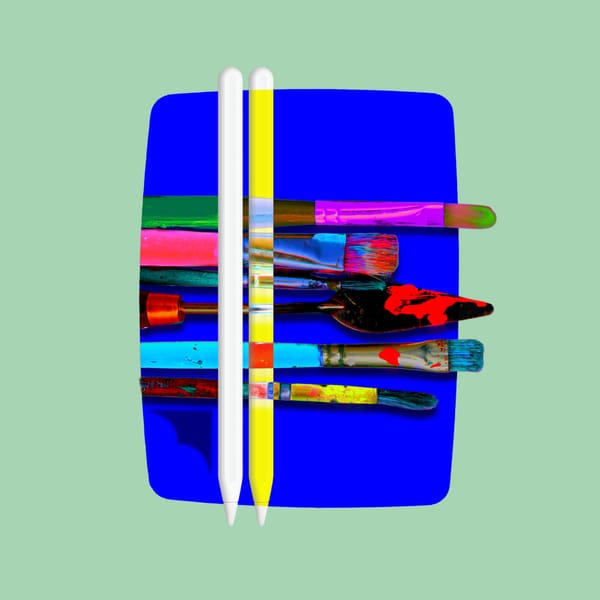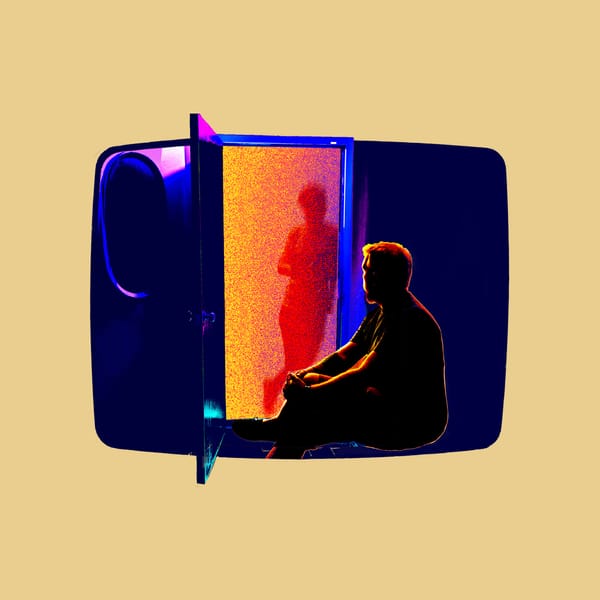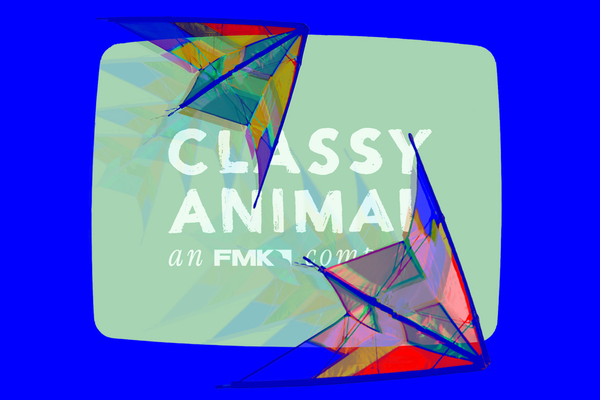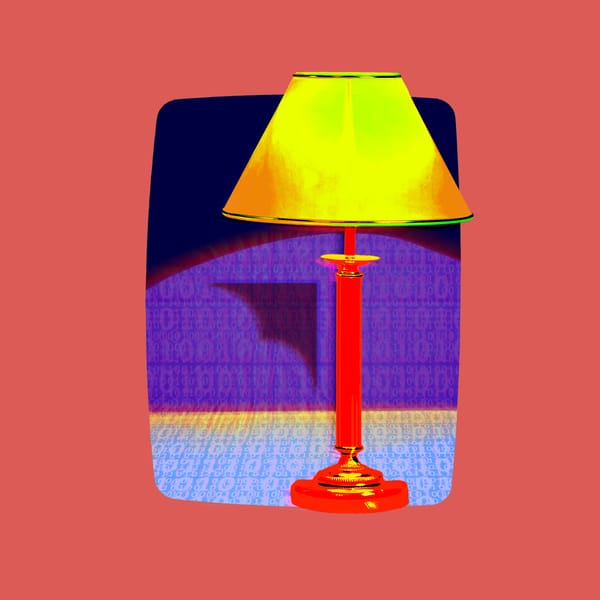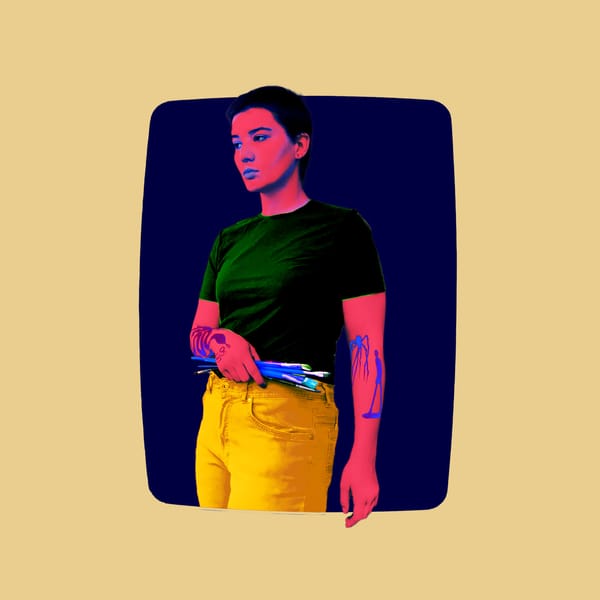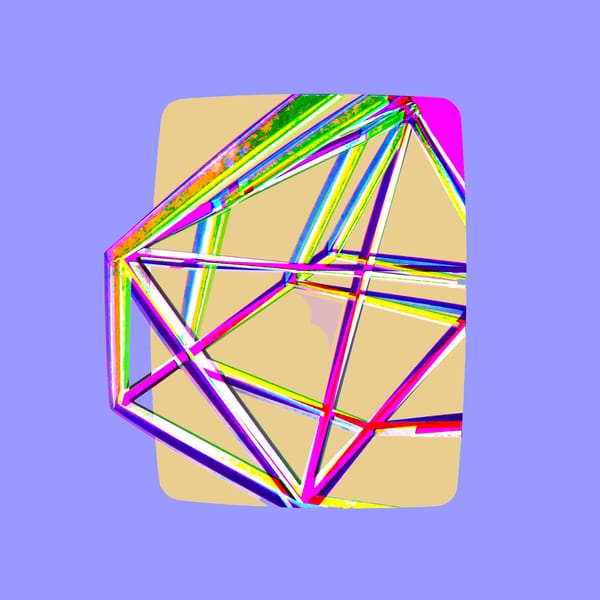Which End of the Talent Pool Should Your Org Be Fishing From?
Every agency wants great designers, but finding the right fit goes beyond a strong portfolio. Some designers thrive in strategic, big-picture roles, while others excel at fast, technical execution. The difference often comes down to their training.
Elite art and design schools like RISD, SCAD, and Ringling focus on developing well-rounded creatives with a strong foundation in both traditional and digital design. These graduates often bring a mix of conceptual thinking, adaptability, and artistic depth.
Vocational institutions like Full Sail University, the International Academy of Design & Technology (IADT), and the Design Institute take a more hands-on, job-focused approach. Their graduates tend to be technical specialists, trained in industry-specific tools and workflows, ready to contribute immediately.
Each path produces talented designers, but knowing which one fits best depends on what your agency needs: a big-picture creative thinker or a production-focused expert?
Training Shapes Design Talent
The way a designer is trained guides how they think, work, and solve creative challenges. Some schools focus on exploration and strategy, while others emphasize technical execution and job readiness.
Elite Art Schools: Prestige and Strong Creative Foundations
What stands out about graduates from these schools?
- Respected Degrees: A diploma from an elite art school carries weight in the design industry.
- Deep Creative Training: Programs push students to develop their artistic voice while mastering technical skills.
- Built-In Industry Connections: Strong alumni networks and partnerships help graduates land top jobs.
Vocational Schools: A Direct Path to the Workforce
What makes these graduates valuable?
- Hands-On Learning: Students spend more time working on industry-specific tools and software.
- Job-Specific Skills: Programs cut out unnecessary coursework, keeping the focus on in-demand skills.
- Fast, Cost-Effective Education: Shorter programs mean lower tuition and a quicker path to employment.
Both programs produce strong designers, but their strengths lie in different areas.
Resources and Training: What’s Included?
A designer’s education isn’t just about the coursework—it’s also about the tools, technology, and experience they gain along the way.
Elite Art Schools: High-End Facilities and Creative Environments
Top art schools invest heavily in creative spaces, software, and hands-on experiences. Students learn in state-of-the-art labs and studios, often working with the same tools used in leading design agencies.
- Advanced Technology: High-end animation labs, 3D modeling studios, and interactive media tools.
- Collaborative Workspaces: A studio culture that fosters creativity, experimentation, and teamwork.
- Industry Access: Opportunities for real-world projects and internships with major brands.
Vocational Schools: Targeted Tools for Specific Career Paths
Vocational programs take a more streamlined, job-focused approach. While facilities may not match those of elite art schools, students still gain hands-on experience with industry-standard software and workflows.
- Focused Learning Environments: Labs designed for high-demand fields like UX, game design, and digital marketing.
- Software Training: Direct, practical experience with tools like Adobe Creative Suite, Blender, and Unity.
- Portfolio-Driven Learning: Coursework is structured around building job-ready projects that help students stand out.
Either environment prepares students for careers in design, but the focus shifts between creative exploration and technical specialization.
Curriculum and Learning Style: Theory vs. Practical Application
Different programs emphasize different approaches—some develop creative range and strategic thinking, while others hone technical expertise for fast employment.
Elite Art Schools: A Well-Rounded Education with Creative Depth
Programs at schools like RISD, SCAD, and Ringling aim to develop a designer’s ability to think, create, and adapt. Coursework includes:
- Creative Strategy: Beyond software skills, students learn to solve design problems conceptually.
- Portfolio Development: Projects focus on originality and artistic mastery.
- Soft Skills: Strong emphasis on collaboration, critique, and presentation skills—key for leadership roles.
Graduates tend to excel in roles that require big-picture thinking and conceptual design work.
Vocational Schools: Training for Immediate Job Placement
Vocational programs focus on getting students career-ready as quickly as possible. This means:
- Technical Mastery: Heavy emphasis on industry software, tools, and production processes.
- Job-Specific Portfolios: Work directly aligned with employer needs.
- Efficiency: No unnecessary coursework—just focused, relevant training.
These designers step into jobs quickly and often specialize in production-heavy roles.
How Graduates Contribute to Agencies
Both elite art schools and vocational programs produce talented designers—but what makes them stand out?
Elite Art School Graduates Bring:
- Conceptual Thinking: Strong problem-solving skills and a deep understanding of design principles.
- Adaptability: Experience working across multiple design disciplines.
- Industry Connections: Internships and alumni networks provide a strong head start.
Vocational School Graduates Excel At:
- Specialized Technical Skills: High proficiency in industry-standard tools and workflows.
- Fast, Efficient Workflows: Focused training means they adapt quickly to production environments.
- Cost-Effective Hiring: Salary expectations often start lower, making them a great fit for growing teams.
Which Designers Fit Your Agency’s Needs?
The right hire depends on what your team needs most.
- Building a brand or leading creative direction? Elite school graduates may have the strategic mindset you’re looking for.
- Need a designer who can execute quickly? A vocational graduate will likely bring the hands-on skills to hit the ground running.
Both backgrounds bring unique strengths—hiring for the right skill set makes all the difference.

A Mix of Both Works Best
There’s no one-size-fits-all answer when it comes to hiring designers. The best teams bring conceptual thinkers and technical experts together to cover both strategy and execution.
- For creative leadership and brand storytelling: Elite school graduates often thrive.
- For production-focused work and technical precision: Vocational grads bring immediate value.
A strong creative team needs both visionaries and skilled specialists—balancing these strengths leads to the best results.


